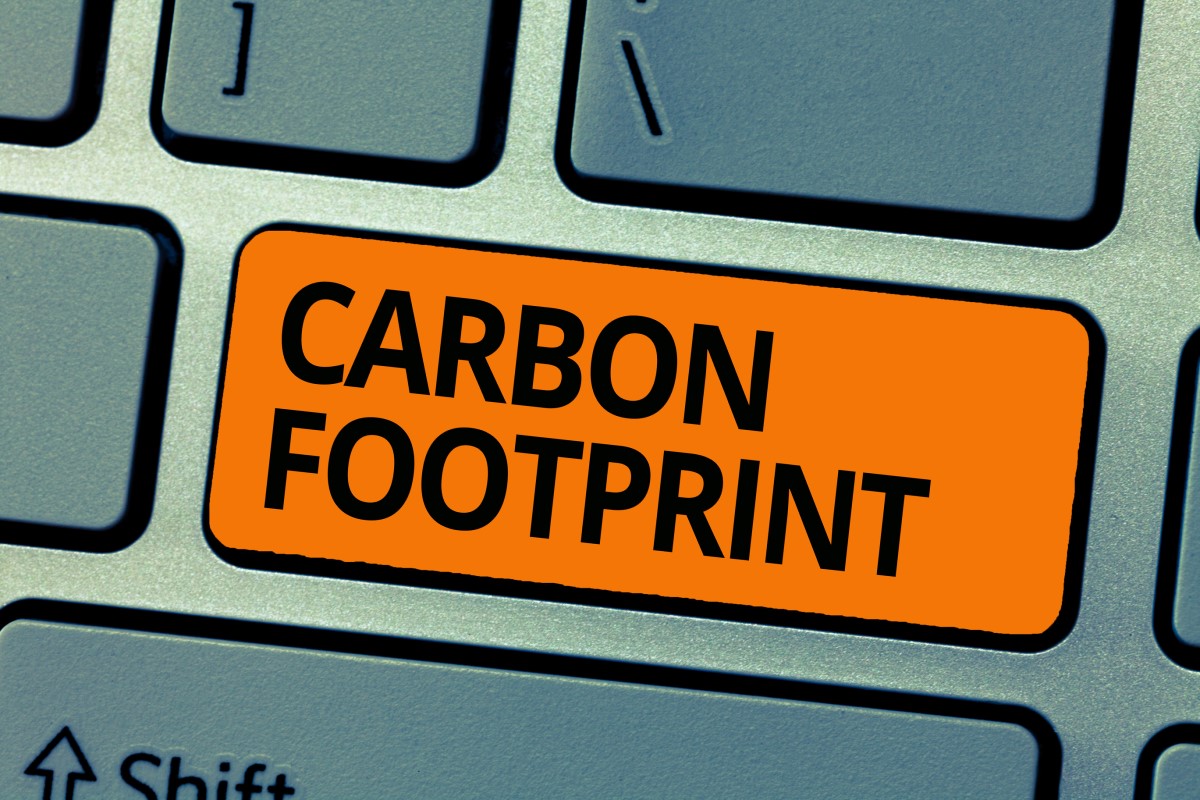Much is made of the green benefits of sending ecards instead of traditional Christmas cards.
But are they really more environmentally friendly?
We sift through the evidence to uncover the truth…
The carbon footprint of emails
While, on the face of it, ecards might feel like a greener option, the fact is that generating and sending each ecard still requires the burning of fossil fuels.

The PC your ecard was created on needed electricity, as did the website server you accessed when you chose it, and the computer you were using at the time. Then there’s the servers used to send the card to its recipient, and of course the recipient’s own computer usage.
Last year saw the UK hit a milestone: more than half our electricity came from zero carbon methods (source). However, that’s still a lot of electricity generated by fossil fuels. And most other countries around the world have yet to hit this target.
How much carbon does an ecard use?

McAfee research, conducted in 2009 to look at the impact of spam emails, calculated that each email contributed 0.3 grams of CO2 into the atmosphere. At the time of the report there were 62 trillion junk emails sent each year, which means they’re using as much power as it would take to run more than 2.4 million homes (source).
I’ve sent 26 emails this morning (non of which, I hasten to add, were spam). So that’s almost 8 grams of carbon I’ve released into the atmosphere without even thinking about it.
Most spam emails just contain text, so are relatively small files which require less power to be processed. Ecards, on the other hand, usually include images, animations or videos. Their file size is much larger as is, therefore, the amount of power required to send them. eCO2 Greetings estimates that these larger emails can have a carbon footprint of up to 50 grams each (source).
The carbon footprint of traditional Christmas cards

A study by Exeter University in 2014 calculated that 140 grams of carbon is used for each traditional Christmas card (source). This might sound like a lot, but consider everything that has to be done to get that card to your recipient:
- The paper for the card has to be produced, which is very energy intensive. Although 50% less energy is needed if it’s make by recycling used paper and card.
- The card then needs to be printed and packaged (and the packaging materials need to be produced too).
- The cards are then transported to your local shop, or directly to you.
- You write the card then put it back in the post. It travels to a sorting office, then onwards to the recipient, in vans, trains and planes, which all use fossil fuels.
- And if the card can’t be recycled, it releases methane (another greenhouse gas) as it decomposes.
We should note that the Exeter University research was carried out for an ecard supplier.
Beyond the issues of the fossil fuels used to manufacture and deliver Christmas cards, there’s also the problem of deforestation to provide the raw materials.
Steps are already being taken to make our traditional Christmas cards more environmentally friendly. Many are now printed on recycled card and the majority are recyclable. Some suppliers offset their carbon footprint by planting trees for each card sold.
Other considerations
Of course, your decision on whether to send an ecard or traditional Christmas card won’t just be based on the environmental impact.
Ecards are often free or very cheap to purchase, so can be a far more economical way to send your festive greetings. And you can send the same ecard to many different people, saving you time writing each card.
On the other hand, there’s something slightly impersonal about ecards compared to handwritten, traditional cards. Some recipients might be happy that you’ve switched to ecards, others might be offended.

What is the answer?
In terms of your carbon footprint, ecards are definitely the way to go. Even those sent as large attachments will still only account for 50 grams of carbon released, compared to 140 grams for posting traditional cards.
But, if we’re to be honest, there are bigger fish to fry in this debate. Sending a Christmas card does increase your carbon footprint, but only by about as much as having two cups of tea (source).
Ecards do still have an impact, but they make up a miniscule part of the 319.6 billion emails sent every day this year (source). And let’s not start on the carbon emissions needed to power streaming services for films or online gaming!
If you really want to be green, instead of sending cards, walk round to visit family and friends and tell them personally that you wish them a very Merry Christmas.
Of course, this isn’t practical for most people. But there are a few other ideas:
- Purchase cards (ecards or traditional) from suppliers who support the environment. For example, cards printed on recycled card, which can continue to be recycled. (Although, of course, recycling processes also use electricity!)
- Upcycle cards you receive into Christmas tags or cards for next year.
- Send postcard Christmas cards – the card itself uses half the amount of card plus there’s no envelope needed. Even better, combine with upcycling and use the front part of the cards you received last year to make the postcards for this year.
- Move to a green electricity provider, such as OVO.
- Hand deliver as many cards as you can. The long walk will also be great for your winter wellbeing.
- Agree with your friends to just stop doing Christmas cards. Obviously, you still need to send one to Auntie Ethel, but your mates might actually be relieved to save a bit of time and money each year by not sending to each other.
Reduce your business’ email carbon footprint
Businesses have become increasingly green over the last decade. Paper usage has fallen, many use electronic vans for transport and solar panels are appearing on companies’ rooftops.
But what about the business usage of email? Most companies haven’t even considered whether minimising the use of emails should be part of their environmental policies.
We can help you to better understand your email usage, make reductions where possible and ensure that your systems are working as efficiently as possible – to the benefit of your productivity as well as the environment.
Get in touch to find out more – call 01732 600 170 or email [email protected].
